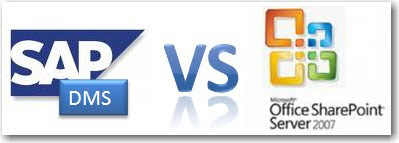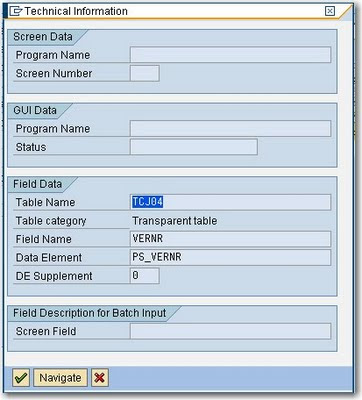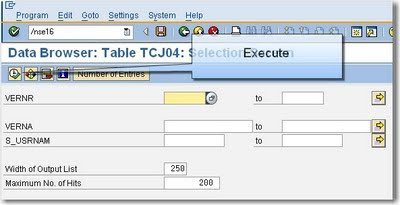I thought before I move to Windows 7 Ultimate and blow away Vista 32, I'd make a note of all the utilities I use the most (as a reminder to install them on the new OS!):
- All SysInternal Applications (http://technet.microsoft.com/en-us/sysinternals/bb795535.aspx), especially Process Monitor - to find out which processes are locking which files, what registry entries are used by an application. Autoruns is also one of my favourites.
- Tera Copy (allows resume if you file copy fails) - http://www.codesector.com/teracopy.php
- Fullshot Image Capture (http://www.inbit.com/fullshot.html) - I use this every day at work.
- Scooter Beyond Compare (http://www.scootersoftware.com/)
- ImgBurn - For all image burning needs e.g. Techned ISO images when installing Windows 7 (http://www.imgburn.com/)
- Lutz Roeder's .NET Reflector (http://www.red-gate.com/products/reflector/)
- Avast Antivirus - I've found this to pick up viruses that Norton misses on corporate networks (http://www.avast.com/eng/download-avast-home.html)
- VLC - Video Lan (http://www.videolan.org/) - wave your codec issues goodbye.
- HighJackThis (Antispyware) - http://free.antivirus.com/hijackthis/
- SpyBot Search and Destroy (Antispyware) - http://www.spybot.info/
- Firefox Mozilla, with Firebug and Download Helper and PDF download Addons
- Microsoft Virtual PC
- Microsoft Expression Studio
- Visual Studio 2008
- Type Mock
- NUnit
- MyGeneration (free code generation tool)
- Eclipse
- WinRAR
- uTorrent
- PowerISO - for mounting ISO images
- WSP Builder (for SharePoint deployment)
- CCleaner (aka Crap Cleaner)
- Visual Color Picker 2.0
- Notepad++ (as notepad replacement) - I hate having no undo!
- Paint .NET
- GIMP (another great free image manipulation program)
- Filezilla FTP Client
- Quest Toad for SQL Server
- Windows Live Messenger
- SharePoint branding tool http://brandingtool.codeplex.com/. This helps with the re-application of themes across existing sites as described here http://www.heathersolomon.com/blog/archive/2008/01/30/SharePoint-2007-Design-Tip-Import-your-CSS-for-SharePoint-Themes.aspx
I'm sure I've forgotten a few - but that will have to do for now!
 With SharePoint 2007 having such an incredible level of growth and popularity in the CMS, Portals and Collaboration space, questions arise as to whether the document management system (DMS) that comes with SAP should be used at all if both co-exist in the same enterprise environment. Here are some of the advantages as I see them when comparing the 2 systems:
With SharePoint 2007 having such an incredible level of growth and popularity in the CMS, Portals and Collaboration space, questions arise as to whether the document management system (DMS) that comes with SAP should be used at all if both co-exist in the same enterprise environment. Here are some of the advantages as I see them when comparing the 2 systems:















